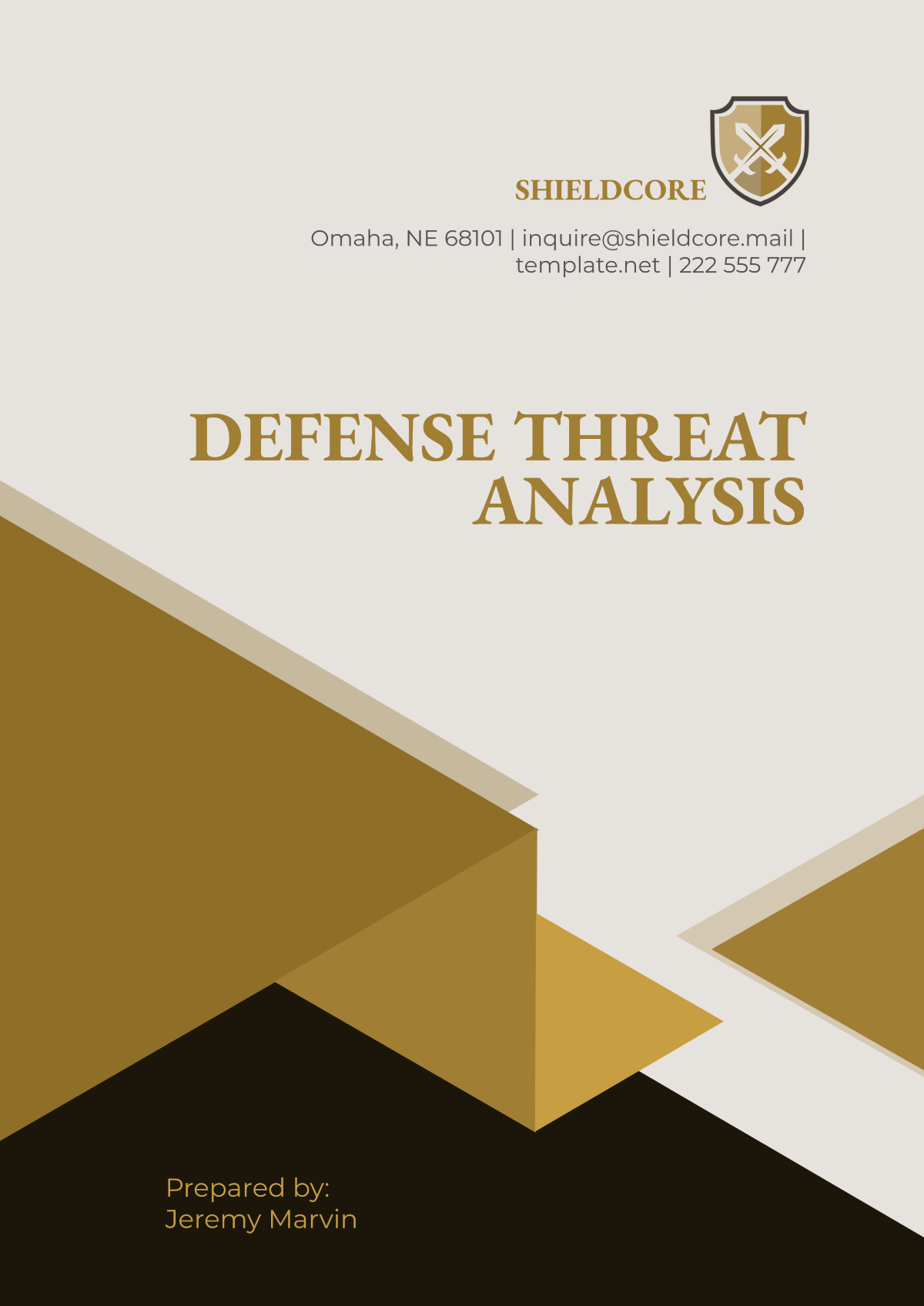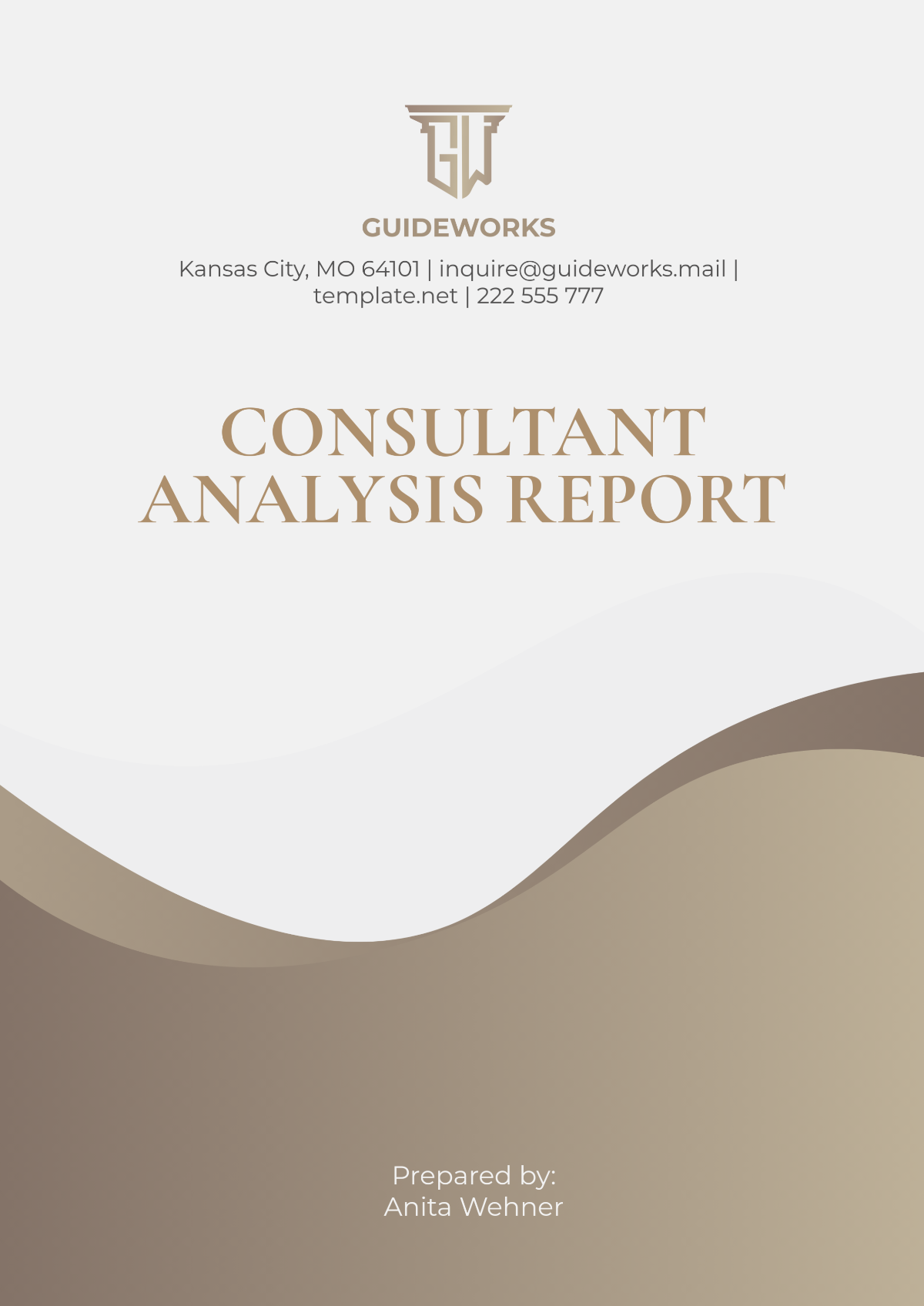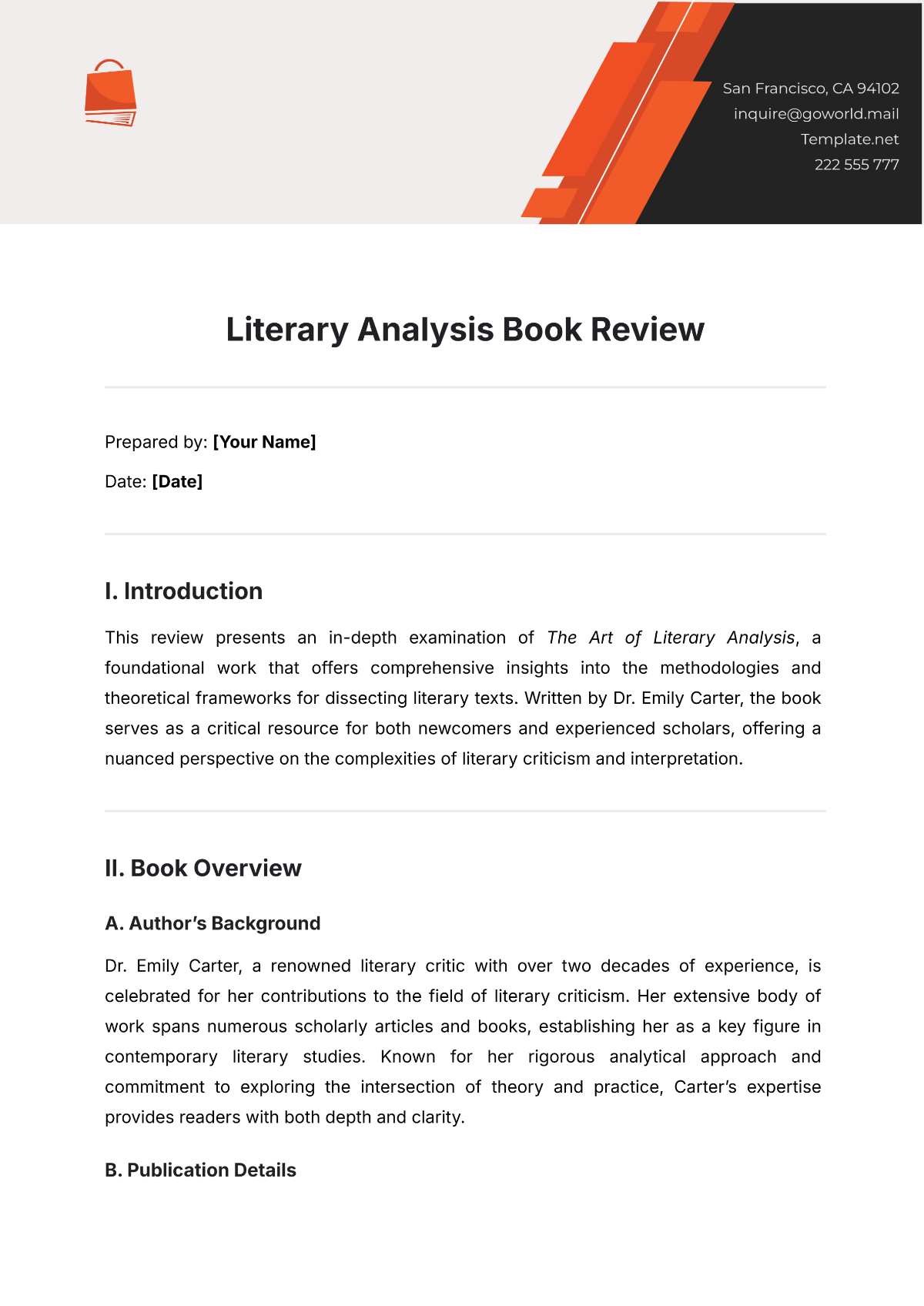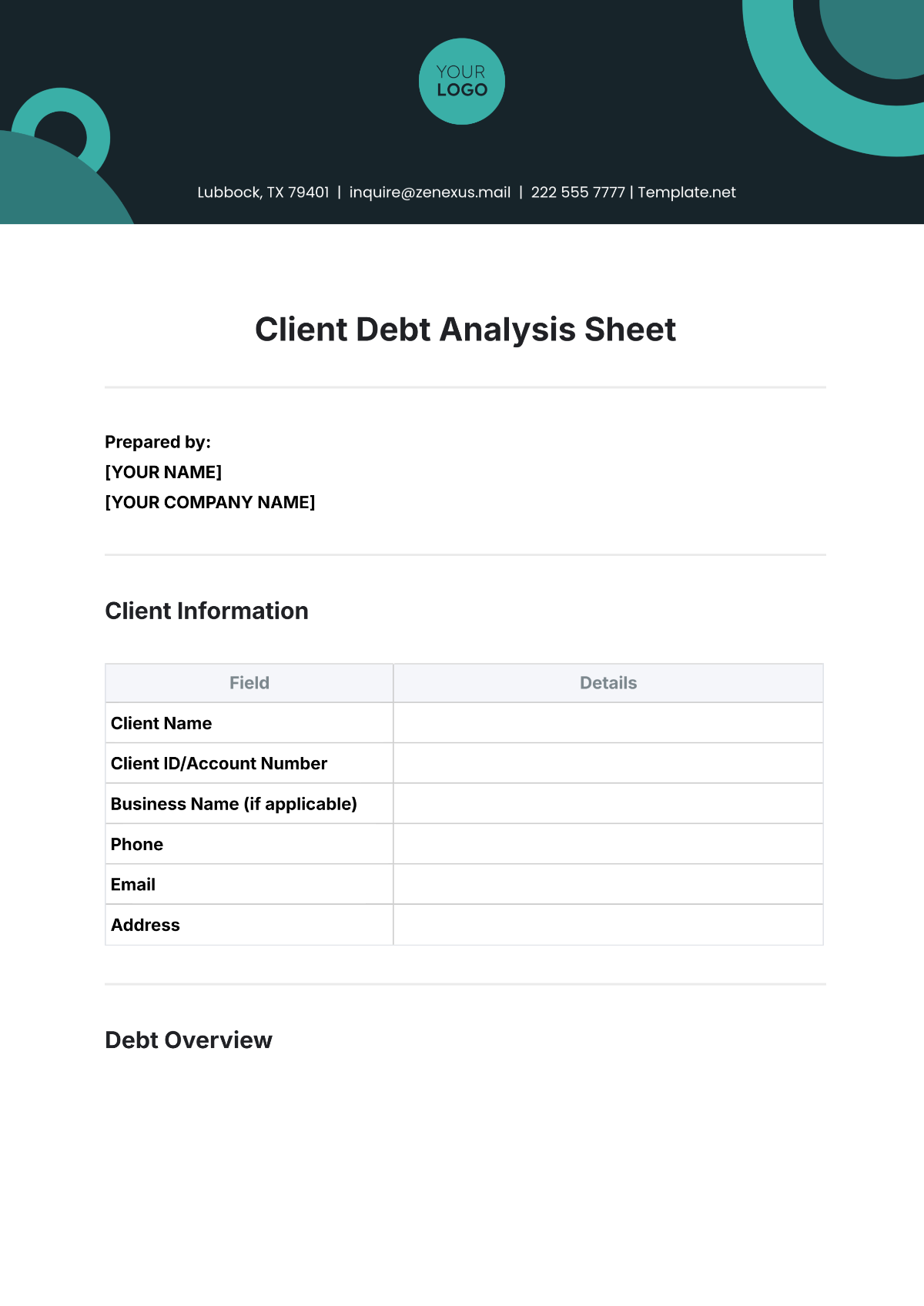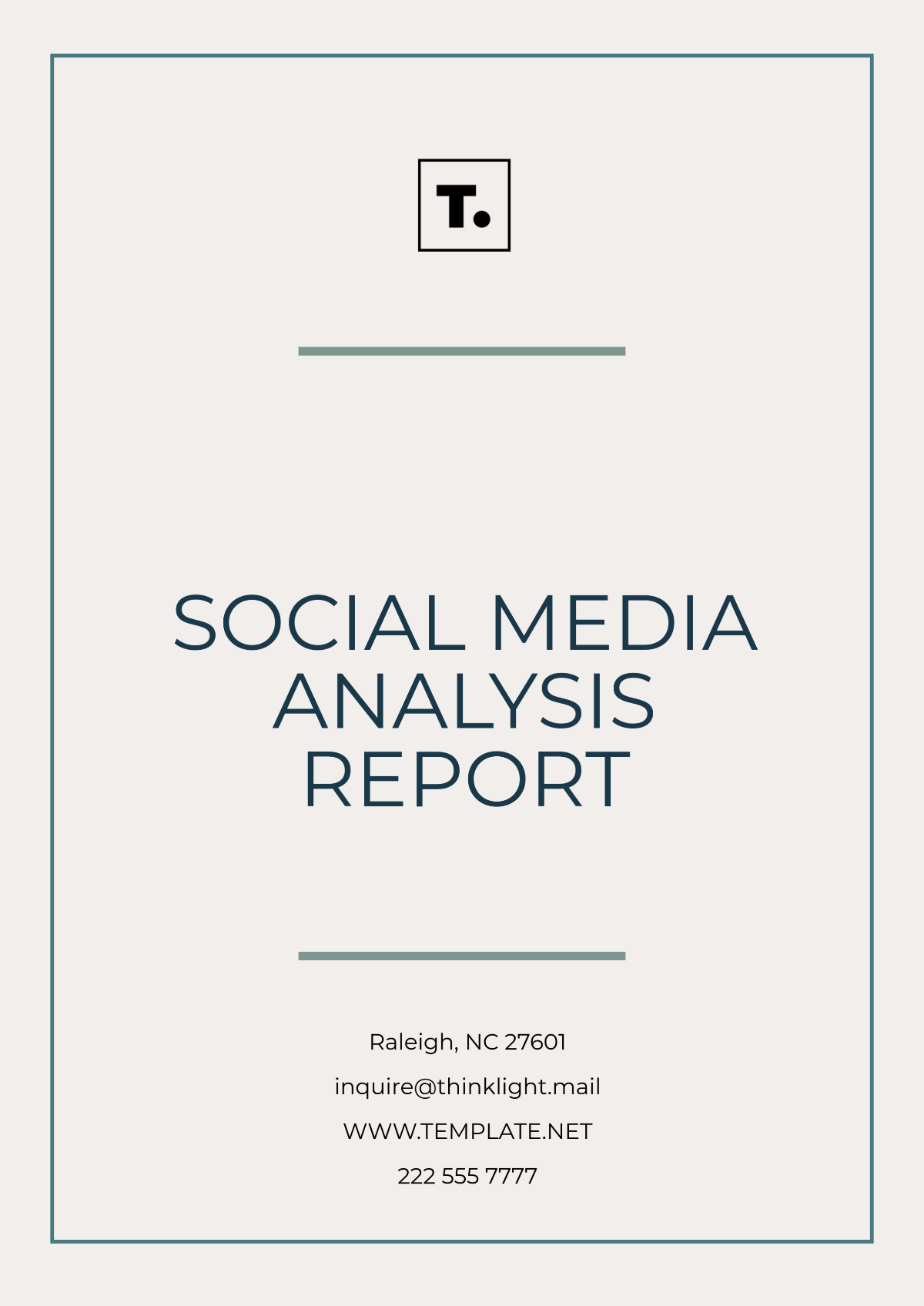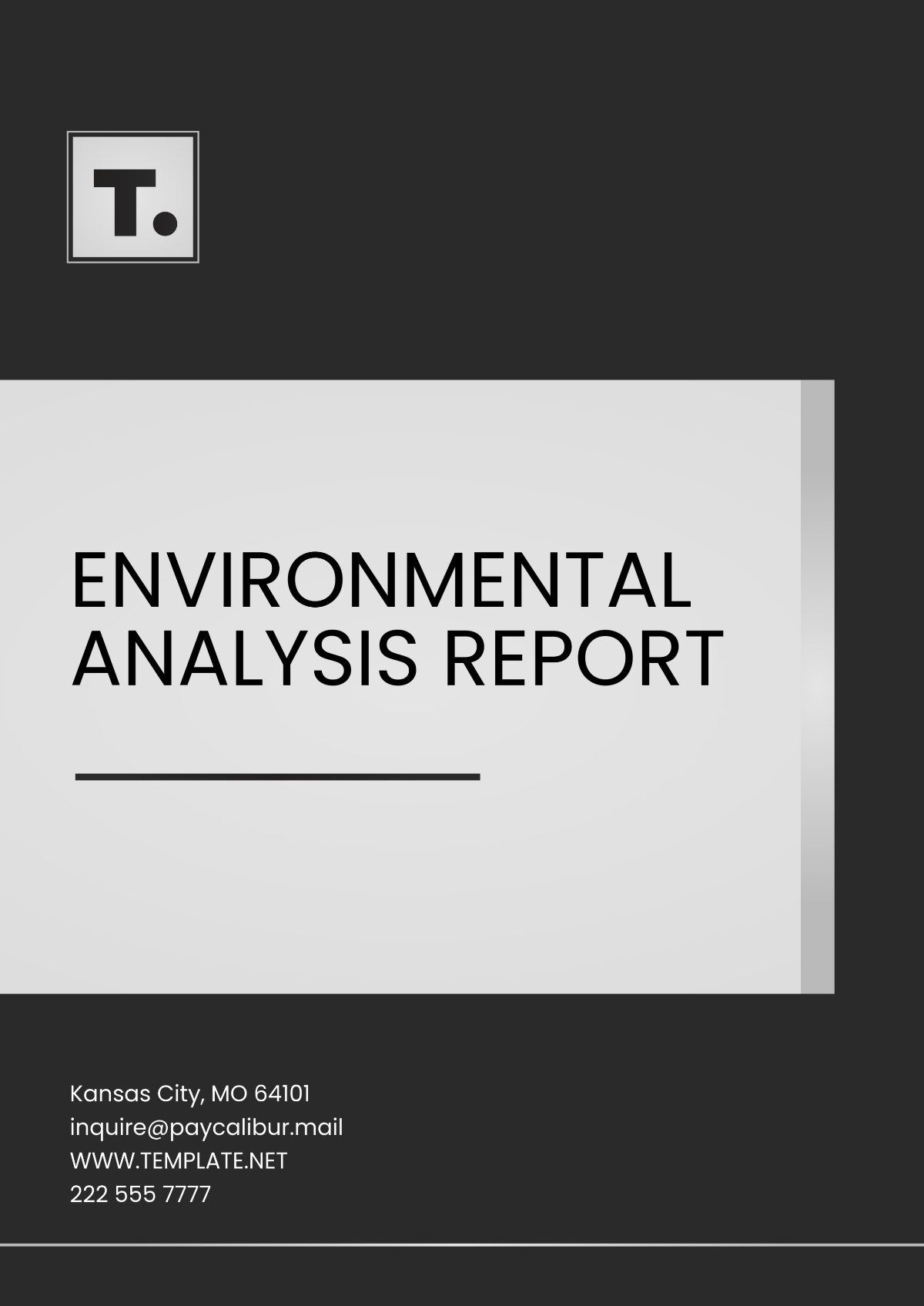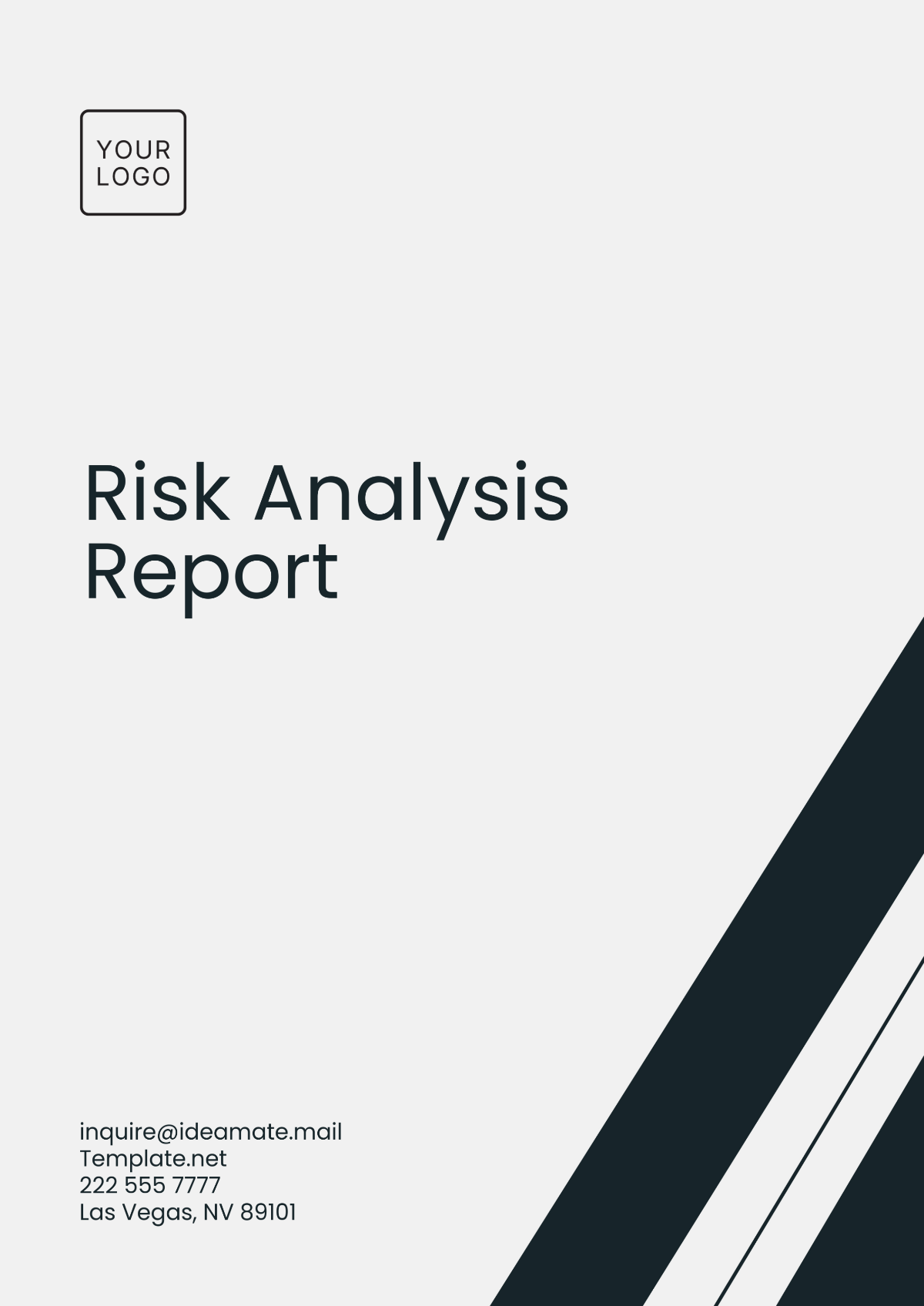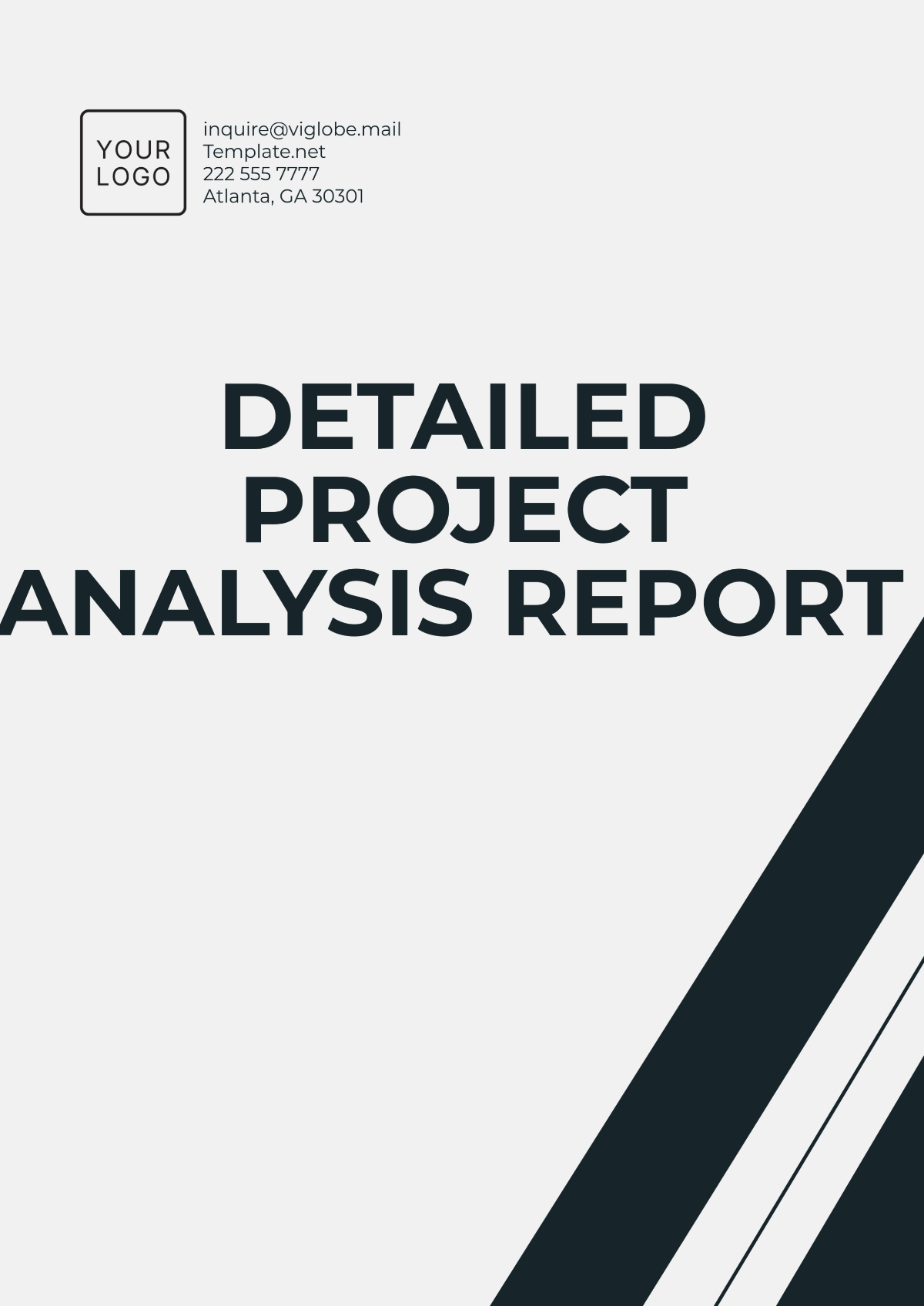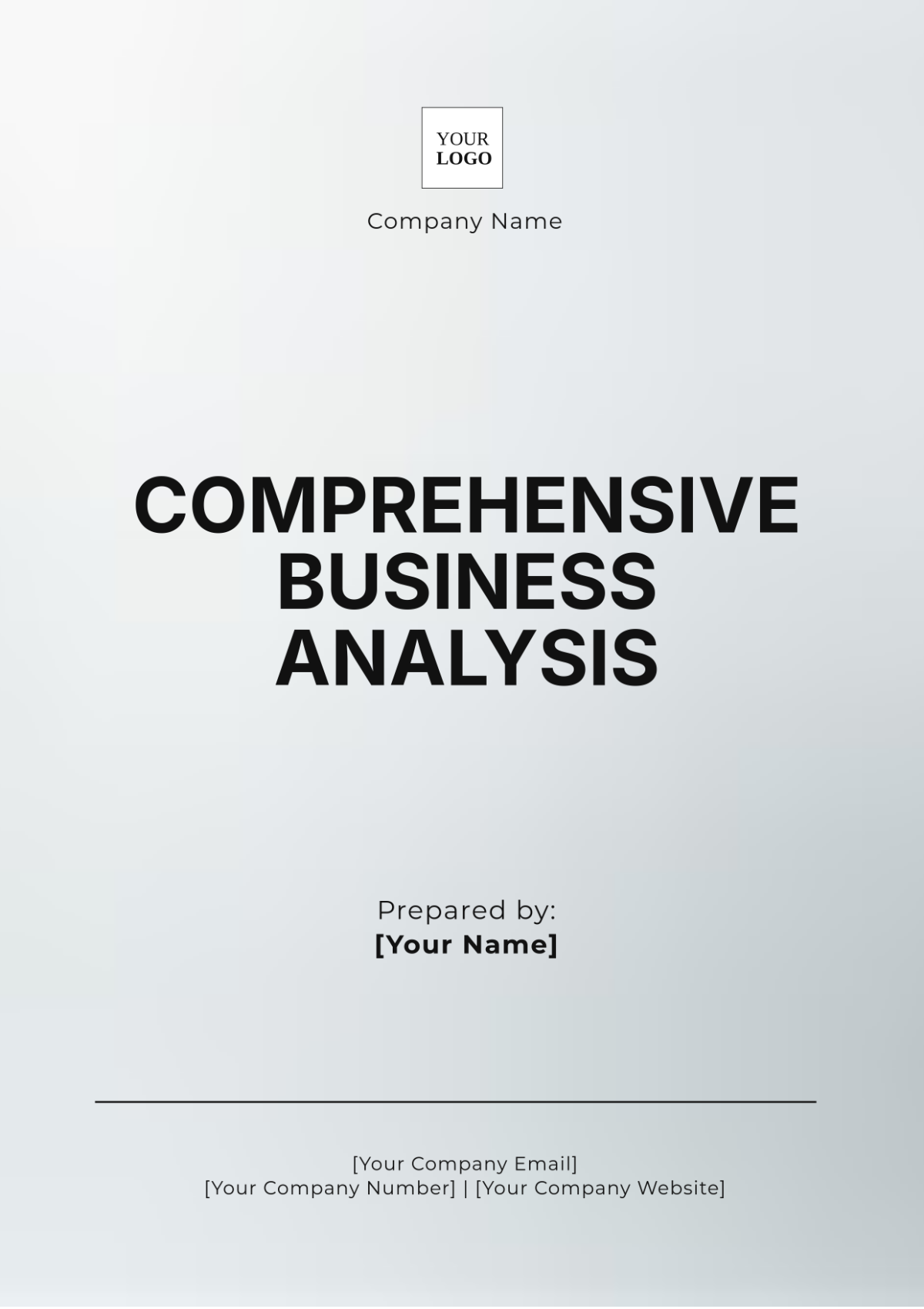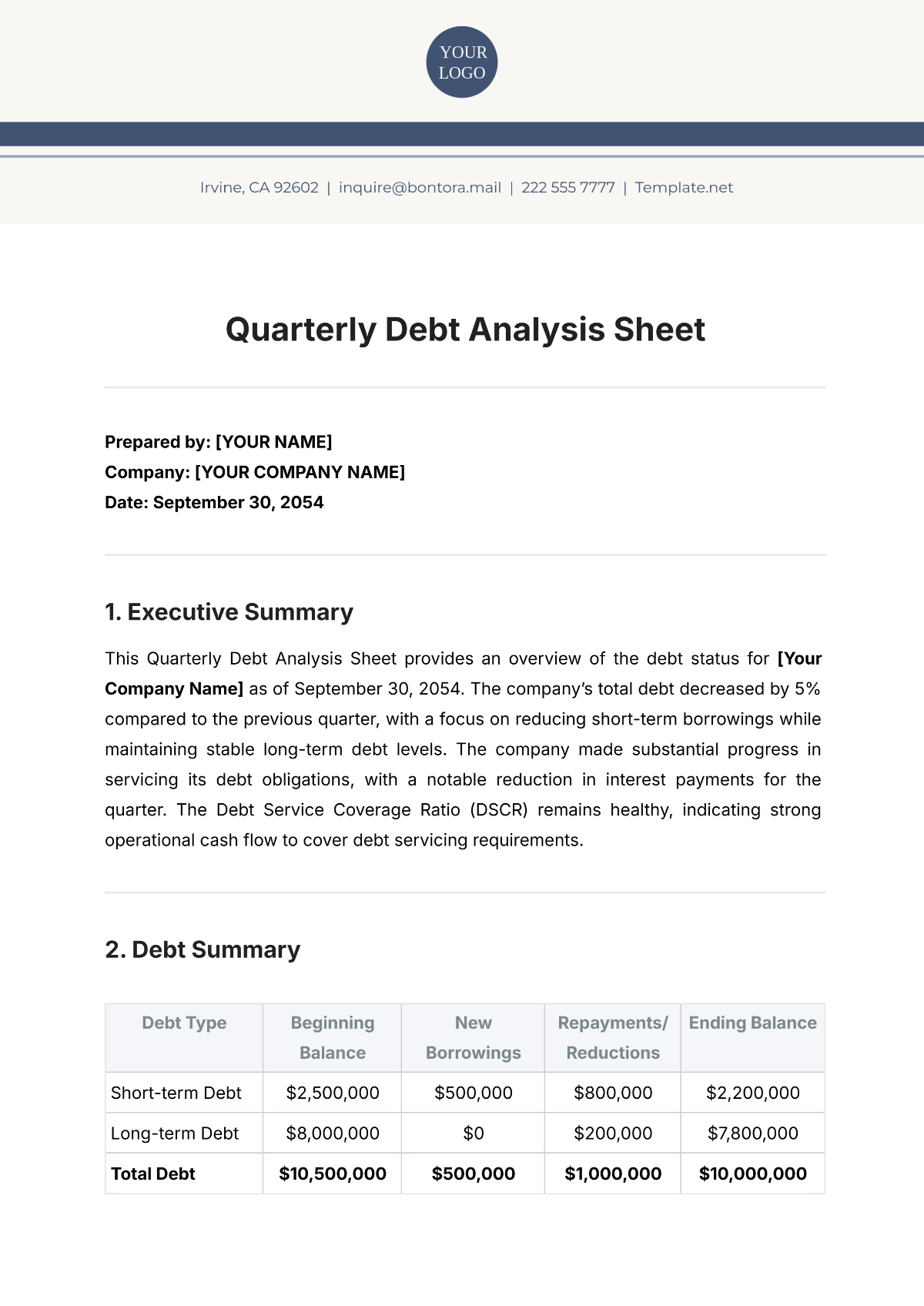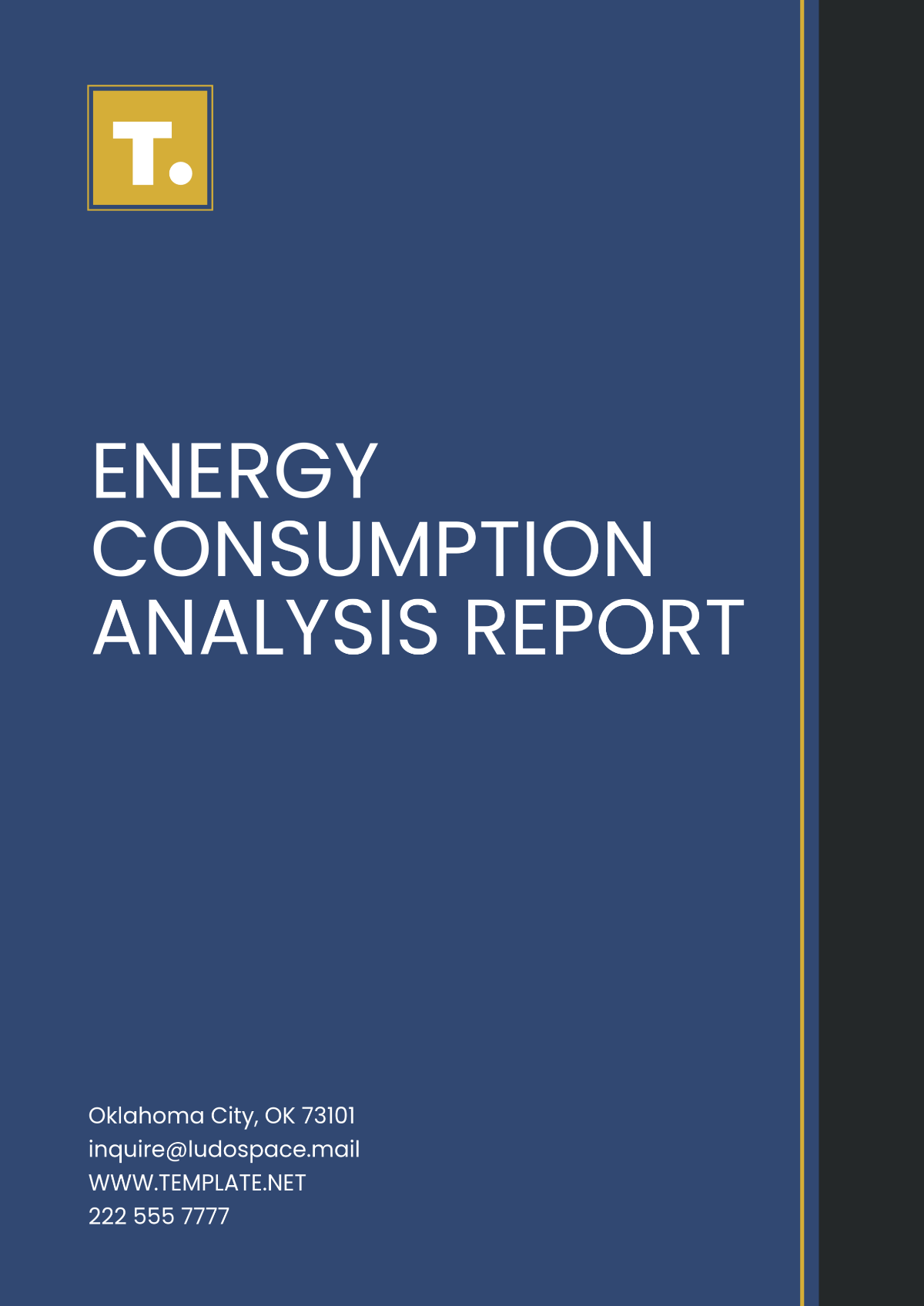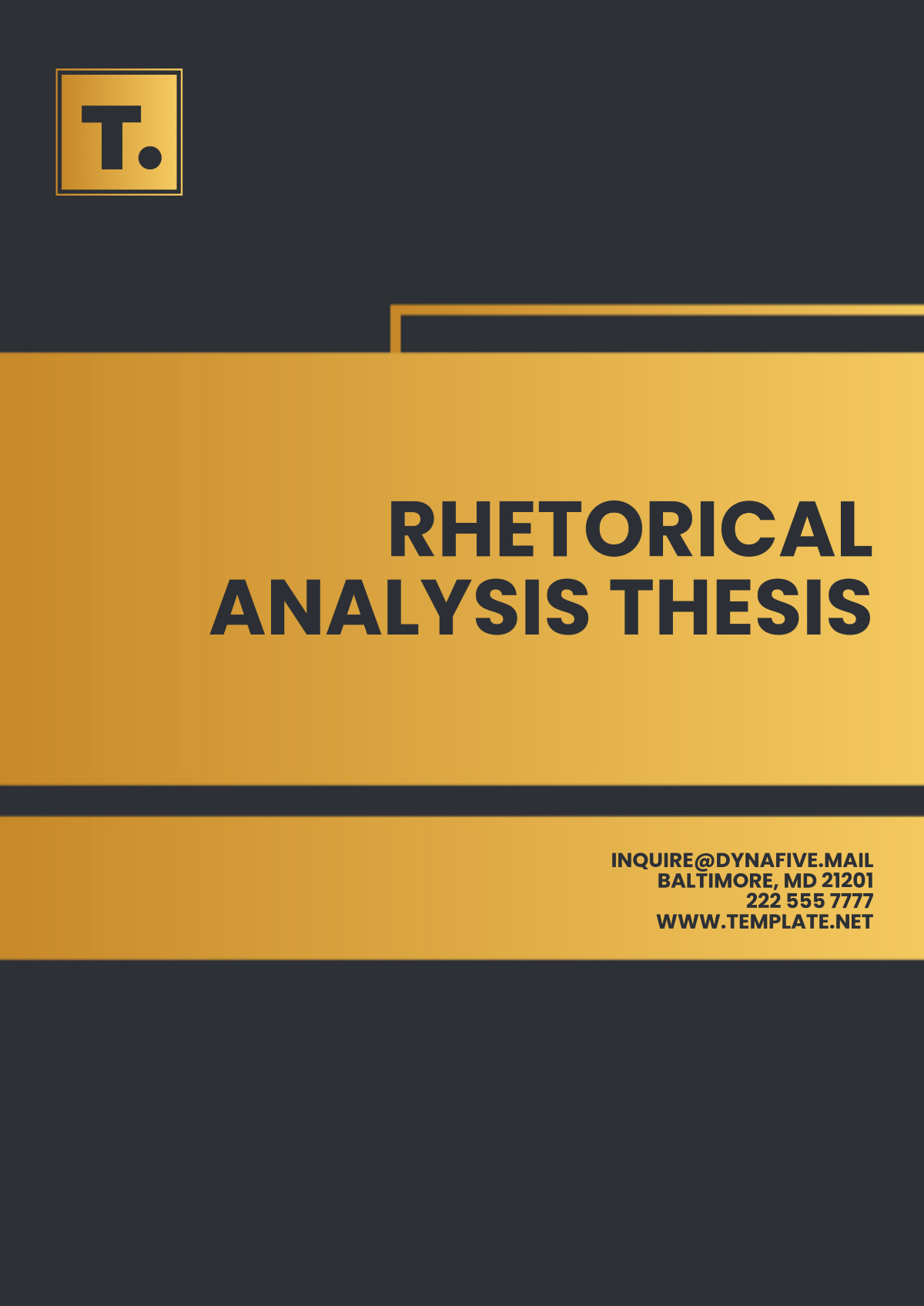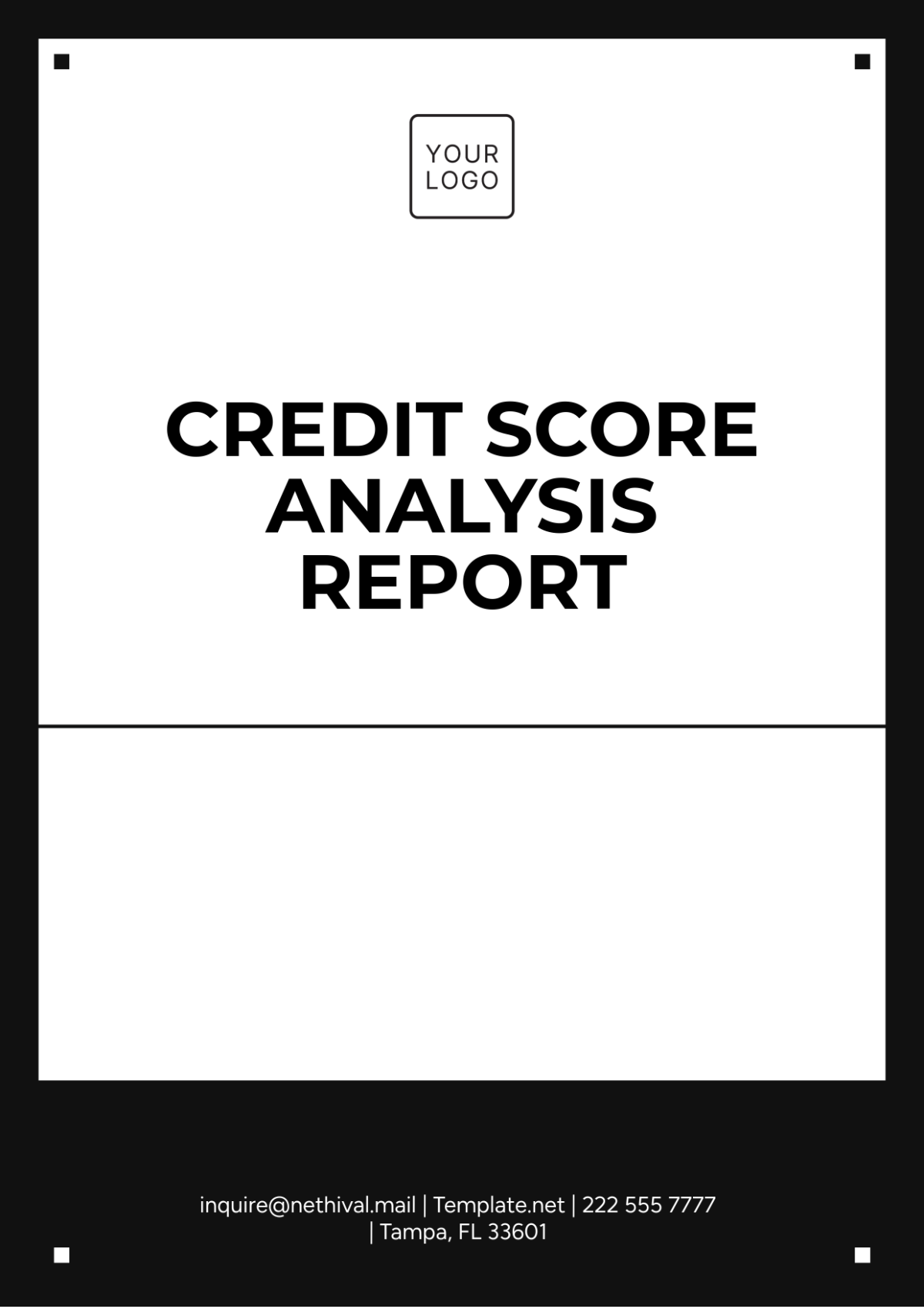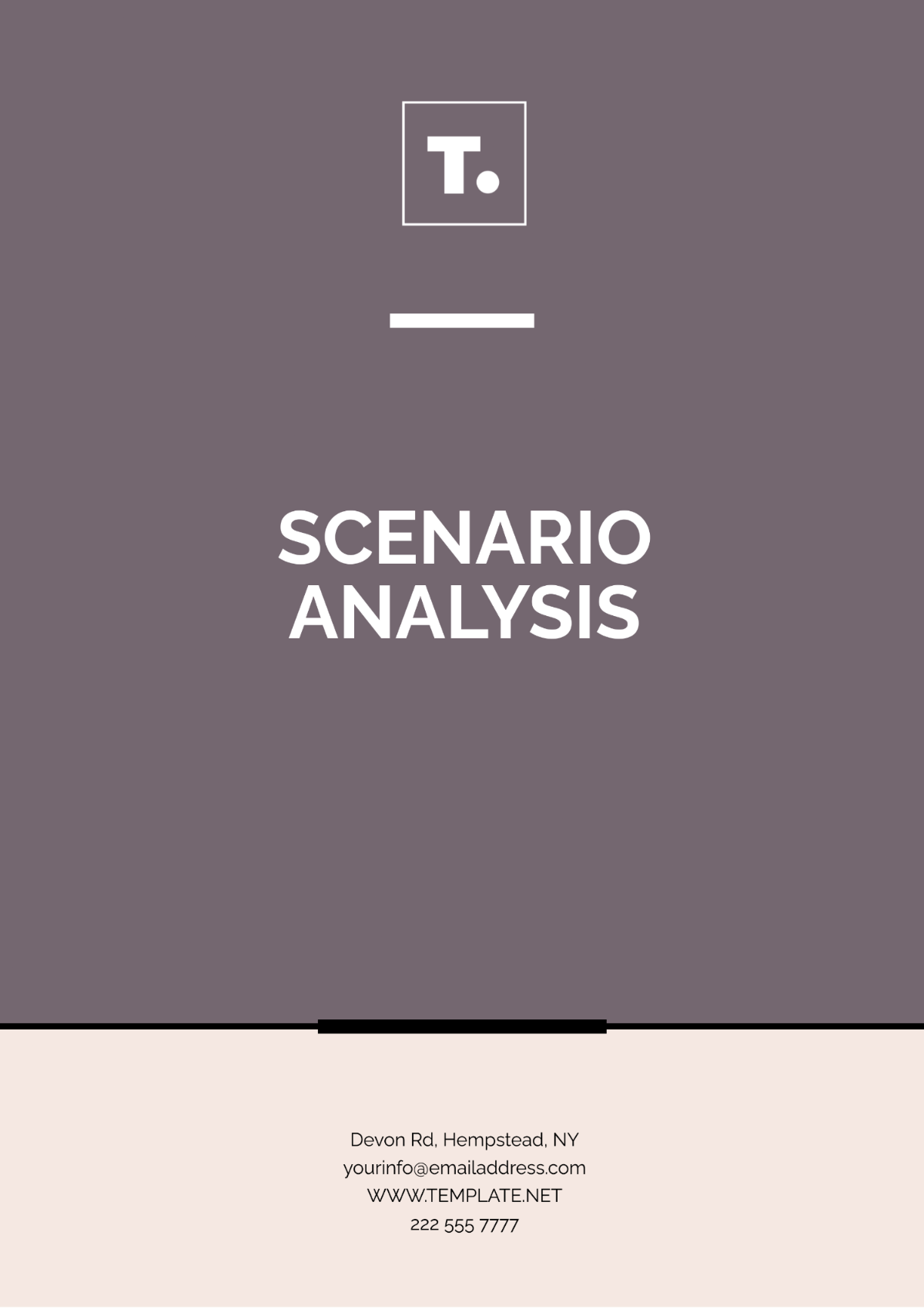Understanding Context Rhetorical Analysis
Prepared by: [Your Name]
Date: [Date]
1. Introduction
Understanding the context in which communication occurs is critical for analyzing the effectiveness of any rhetorical message. Context shapes the interpretation of the message, the audience's response, and the communication's overall impact. This analysis delves into the various dimensions of context in rhetorical communication, examining how these elements contribute to the success or failure of the message.
2. Context Description
2.1. Situational Context
The situational context refers to the specific circumstances or events surrounding the communication. This includes the time, place, and occasion for the message. Understanding the situational context helps to grasp why the message was crafted in a particular way.
Example:
Event: A presidential debate
Time: During an election year
Place: Nationally televised stage
Occasion: To persuade voters and solidify political positions
2.2. Cultural Context
Cultural context encompasses the beliefs, values, norms, and social practices that influence how the message is received. It is essential to consider the cultural background of both the speaker and the audience.
Cultural Elements:
Values: The values that society considers significant, such as freedom and equality.
Norms: Accepted behaviors and customs
Beliefs: Common beliefs or agreements, such as those related to religion or politics.
2.3. Historical Context
Historical context considers the events, movements, or trends that have occurred before the communication. This background information provides a deeper understanding of the message's relevance and resonance.
Historical Influence on Rhetoric
Preceding Events: Significant occurrences leading up to the message
Trends: Long-term movements in society that affect the audience's perspective
Movements: Collective actions or ideologies that influence the rhetorical approach
3. Audience Analysis
3.1. Identifying the Audience
Knowing who the audience is—demographics, interests, and predispositions—is crucial for effective communication. The message must be tailored to the audience's expectations, beliefs, and values.
Audience Profile:
Demographics: Age, gender, socio-economic status
Interests: What the audience cares about
Predispositions: Existing attitudes or beliefs
3.2. Audience Reception
Their expectations and the context influence the way the audience receives the message. This section analyzes how the audience is likely to interpret and respond to the rhetoric.
Factors Influencing Reception
Expectations: What the audience anticipates hearing
Prejudices: Preconceived notions that may affect interpretation
Engagement: The level of interest and involvement of the audience
4. Purpose and Message
4.1. Purpose of the Communication
Understanding the purpose behind the communication is fundamental to analyzing its effectiveness. The purpose can vary from informing, persuading, to entertaining.
A. Types of Rhetorical Purposes
Informative: To provide knowledge or information
Persuasive: To change beliefs or behaviors
Entertainment: To amuse or engage the audience
B. Common Rhetorical Purposes
Educating the audience on a specific issue
Convincing the audience to take a particular action
Building a relationship with the audience
4.2. Core Message
The central idea or argument the speaker or writer wants to convey is the core message. This section breaks down the key components of the message and how they align with the purpose.
Message Components
Thesis Statement: The main argument or claim
Supporting Points: Evidence and reasoning backing the thesis
Call to Action: The desired response from the audience
5. Rhetorical Strategies
5.1. Ethos (Credibility)
Ethos refers to the credibility or ethical appeal of the speaker. This section analyzes how the speaker establishes trust and authority with the audience.
Building Ethos
Expertise: Demonstrating knowledge or experience
Character: Showing integrity and honesty
Reputation: Leveraging the speaker's or organization's standing
5.2. Pathos (Emotional Appeal)
Pathos involves appealing to the emotions of the audience. This section examines how the speaker uses emotional language, stories, and examples to connect with the audience.
Techniques for Pathos
Emotive Language: Words that evoke powerful feelings
Narratives: Stories that resonate emotionally with the audience
Imagery: Vivid descriptions that appeal to the senses
5.3. Logos (Logical Appeal)
Logos is the logical appeal, focusing on reason and evidence. This section explores how the speaker uses data, facts, and logical arguments to persuade the audience.
Utilizing Logos
Facts and Statistics: Providing concrete evidence
Logical Reasoning: Constructing sound arguments
Counterarguments: Addressing opposing views
6. Effectiveness
6.1. Evaluation of Rhetorical Success
This section assesses how well the rhetorical strategies used achieved the intended purpose. It involves analyzing both the immediate and long-term effects of the communication.
A. Criteria for Evaluation
Audience Response: How the audience reacted to the message
Achievement of Purpose: Whether the communication met its goals
Sustainability of Impact: The lasting effects of the rhetoric
B. Factors Contributing to Success
Clarity of the message
Alignment with audience values
Effective use of rhetorical strategies
6.2. Challenges and Limitations
No rhetorical analysis is complete without acknowledging the challenges and limitations faced by the communicator. This section identifies potential barriers to the effectiveness of the rhetoric.
Common Challenges
Cultural Misunderstandings: Misalignment with audience beliefs
Emotional Resistance: Audience resistance to emotional appeals
Logical Fallacies: Weak or flawed arguments that undermine credibility
7. Conclusion
In conclusion, an Understanding of Context Rhetorical Analysis provides a comprehensive framework for evaluating how context shapes the effectiveness of communication. By examining situational, cultural, and historical contexts, analyzing the audience, and evaluating rhetorical strategies, this analysis offers valuable insights into the success or failure of rhetorical efforts. Whether for academic, marketing, or media critique, understanding the context is essential for crafting and interpreting impactful messages.
